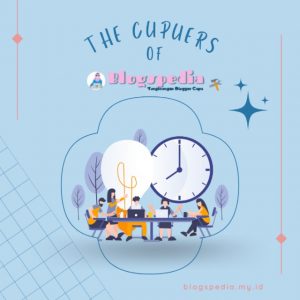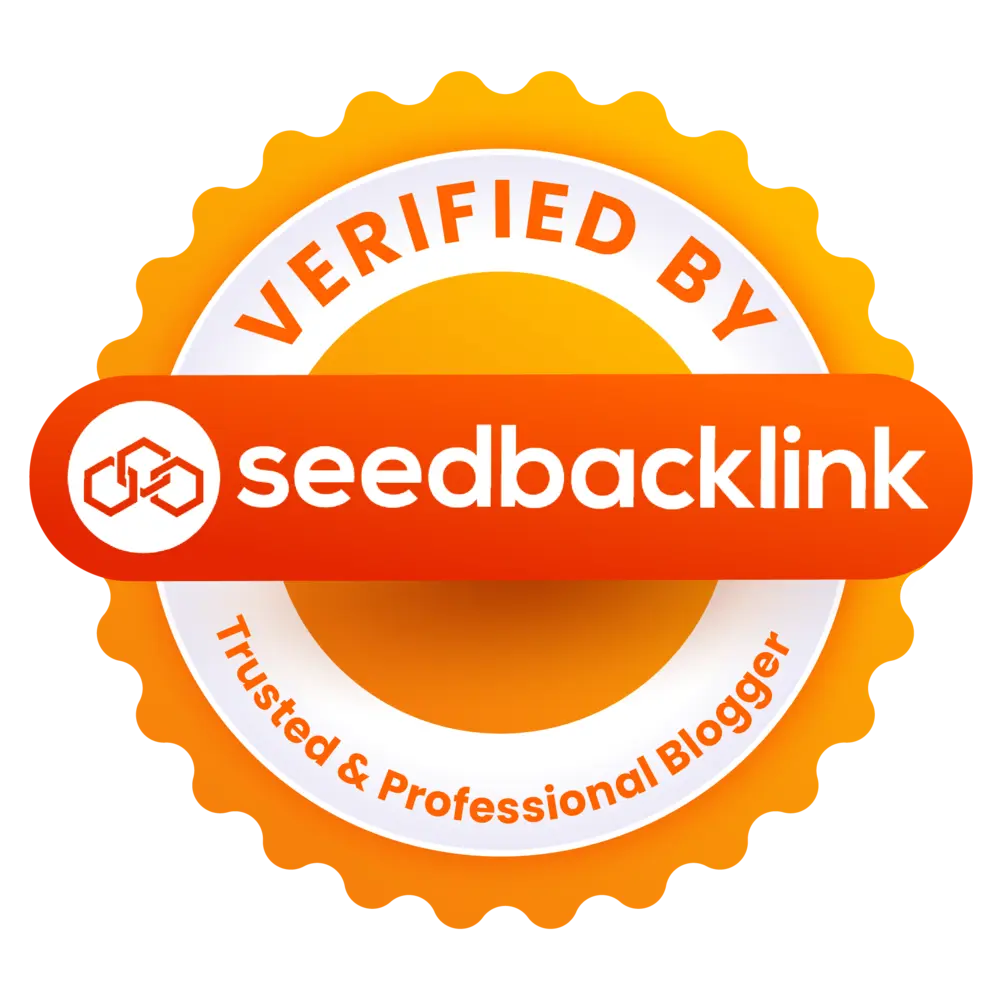Being reflective is one important skill that a learner should have. By being reflective, a person can direct his/her growth and learning. This skill is useful in any aspect of a student’s life.
KWL chart is a method that a teacher can use to increase not only a student’s critical thinking, but also reflective skill. Are you familiar with this method? Have you implemented it in your lessons?
In this post, I would like to share how I use the KWL chart, what benefits students can get and what are the challenges when using in some of my lessons.
Disclaimer: my practice is not perfect, but as I said, we can grow better by being reflective, right? So, enjoy my reflection and feel free to suggest anything better.
What is the KWL chart?
Before we begin, let’s briefly describe what is the KWL chart. KWL stands for Know - Want to Know - Learned. This chart consists of three columns: K column, W column, and L column. The basic structure look like this:Other educators also suggest adding the fourth column, H column, for homework. However, I personally feel that three columns is enough. I don’t like giving too much homework and KWL is a long process anyway. We don’t have to make it longer. But in the end, it depends on your personal preferences. If you like it, you can add the fourth column.
How to Use KWL chart
We always begin with the left most column, the K column. In this column, students will write everything that they already KNOW about a topic of concern.For example, when I teach the topic quantum physics, I would ask them to write everything they know about light or electromagnetic radiation.
The purpose for filling the K column is to recall students' prior knowledge about the topic. This is where reflection starts. They will be able to link the current topic with the topic that they already learned previously.
After they finish with the K column, then you can move together to the W column. This is where students write everything that they WANT to know about the topic. They must write the sentences in this column in the form of questions.
You can directly ask students to write in the W column, but giving them a related video to watch that can spark their curiosity is a great idea. Another way is to give them a related text, news article, a podcast, and an interesting related picture. This helps the students to generate an interesting question. You might actually be surprised by the questions your students can create. They are such creative young people.
Before you move to the L column, tell them that we are going to find the answer to their questions. Of course, some questions might not be related to your intended learning objective. Thus, you need to select certain questions that are related to the learning objective to be the highlighted questions.
Here, you can deliver your materials. Either it is direct teaching or class activities such as experiments, demonstrations, etc. At the end of the lesson, you must ask students to make a conclusion. This conclusion will be the statement that is going to be written in the L column. This is the answer to your highlighted question.
Of course, not every question gets the answers during that lesson hour. If you use the fourth column, H column, you can ask students to independently use external resources to find the answers to unanswered questions. If you prefer not to make the fourth column, you can let your students decide what to do next. If your students are really eager to know more, you can suggest making it a personal research project. If not, there might be other topics that are interesting for them. That’s fine.
Benefits of using KWL charts
- KWL charts help students see the lesson in a bigger picture. Starting from the prior knowledge, to question, to conclusion. Everything is written on the same page.
- It helps students to connect the current lesson to the prior knowledge as students do the K column. The more connections students can make, it will be easier for them to understand and to memorize.
- It helps students to have the feeling of owning the study process. Even if the learning experience that you give before writing the L column is direct teaching, students feel the questions they make are being answered.
Challenge
If it is the first time for your class to use this method, filling the columns might become challenging. This is where your skill of giving instruction is tested.As I did this method, students' responses might not be as I expected previously.
When students do the K column, it will be a problem if the students did not yet understand the previous topics. They will have difficulties writing their prior knowledge. In that case, the teacher should diligently help them. I have had experience that students cannot make any sentence related to light, up to a point that I point out the lamp as the source of light. It was truly hard!
Students might choose to use the shortcut: googling the term. I suggest that students be warned not to google the terms, because they will end up copy pasting the sentences that they don’t actually understand. They will have difficulties in making connections throughout the lesson.
W column is even harder. Especially for students who are not accustomed to making questions. Teacher might help by showing them the 5W + 1H for making questions.
Making conclusions is also a challenge for the ones who never did it. The L column is much easier if done as a class all together.
The end of writing the L column is the celebration of their learning. Give them appreciation for what they did. KWL is a long long method, but the sweet ending is worth the sweat.















Hi Sister, long time no see
ReplyDeleteFor KWL charts, it's my first time to know about it and it's interesting.
Then I've to try this method to my students
Menarik ya mbak cara ini. Anak-anak jadi kritis dengan pelajarannya, karena sebelumnya sudah memiliki gambaran tentang materi sebelumnya dan apa yang ingin mereka ketahui di materi kali ini
ReplyDeleteThis is great! like a mind map and applicable for kids at home. Parents ask them what they know at the first (recall memories), then they ask what they want to know (curioucity). At the end, the kids will increase their knowledge and more active to reach information they want and need. May be it's important for their goals in life. Thanks Bu for this article :)
ReplyDeleteI do like this KWL Chart. As a teacher we will know the input of our students from what they know, the want to know, and to learn. Not only helping students but also helping teacher to transform his/her knowledge to the students. It will give special experiences to students.
ReplyDeleteSaya baru tahu ini tentang KWL. Bisa bikin anak makin rajin belajarnya...
ReplyDeleteMakasih ya kak infonya...
Sekarang makin banyak metode belajar. Gimana anak zaman sekarang nggak pinter². Guru sekarang juga makin kreatif. Zaman kakak sekolah belum ada KWL ini.
ReplyDeleteLooks so good to practice with my kiddos. In the end, i have to learn details bout this. Thank for sharing.
ReplyDeleteThankyou for sharing this KWL Chart. It makes us understanding our children, what they want to learn
ReplyDeleteThis is interesting! I think I can use the KWL Chart also when I want to learn something. So, I can breakdown what things that I need to be developed more.
ReplyDelete